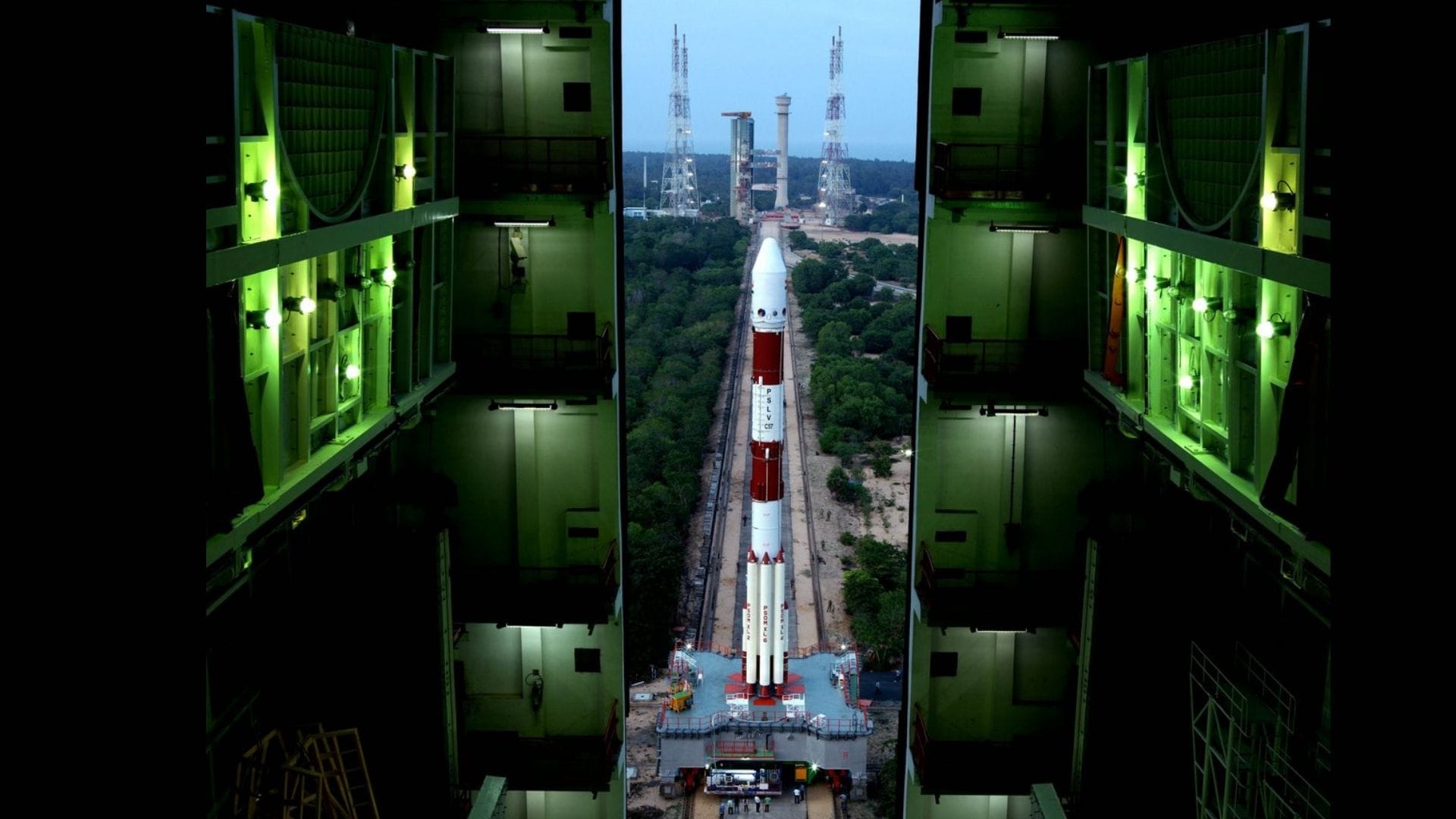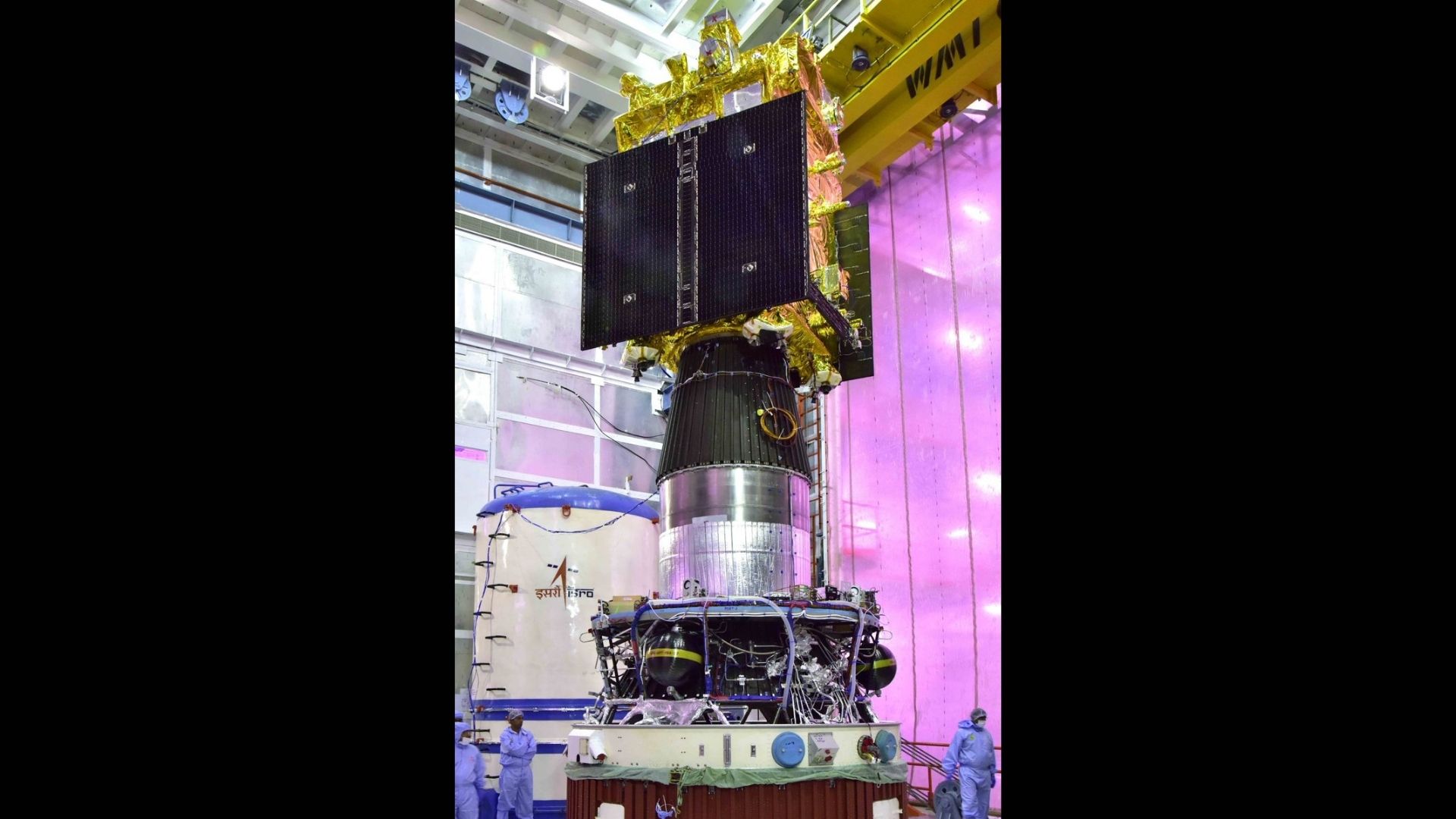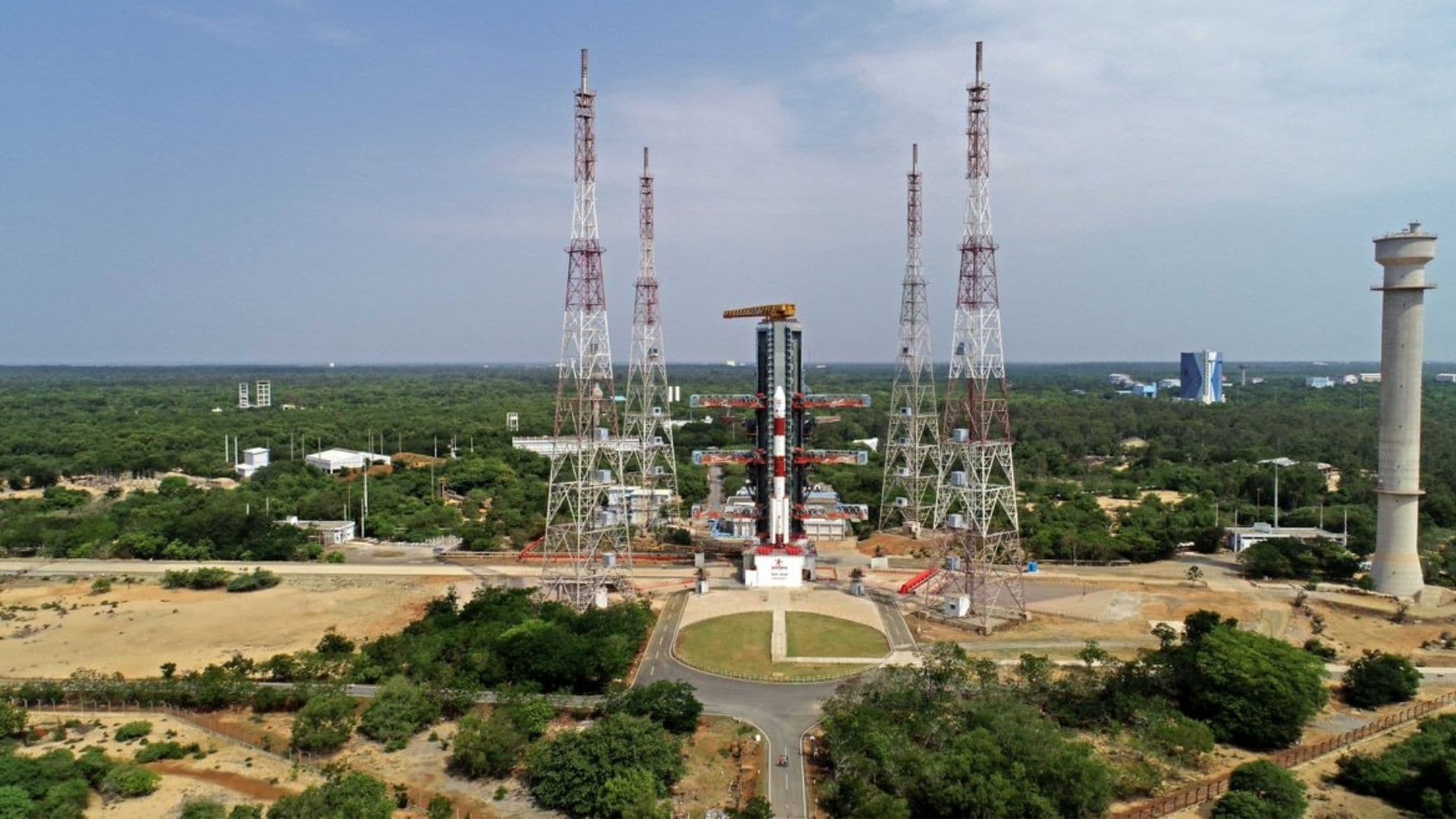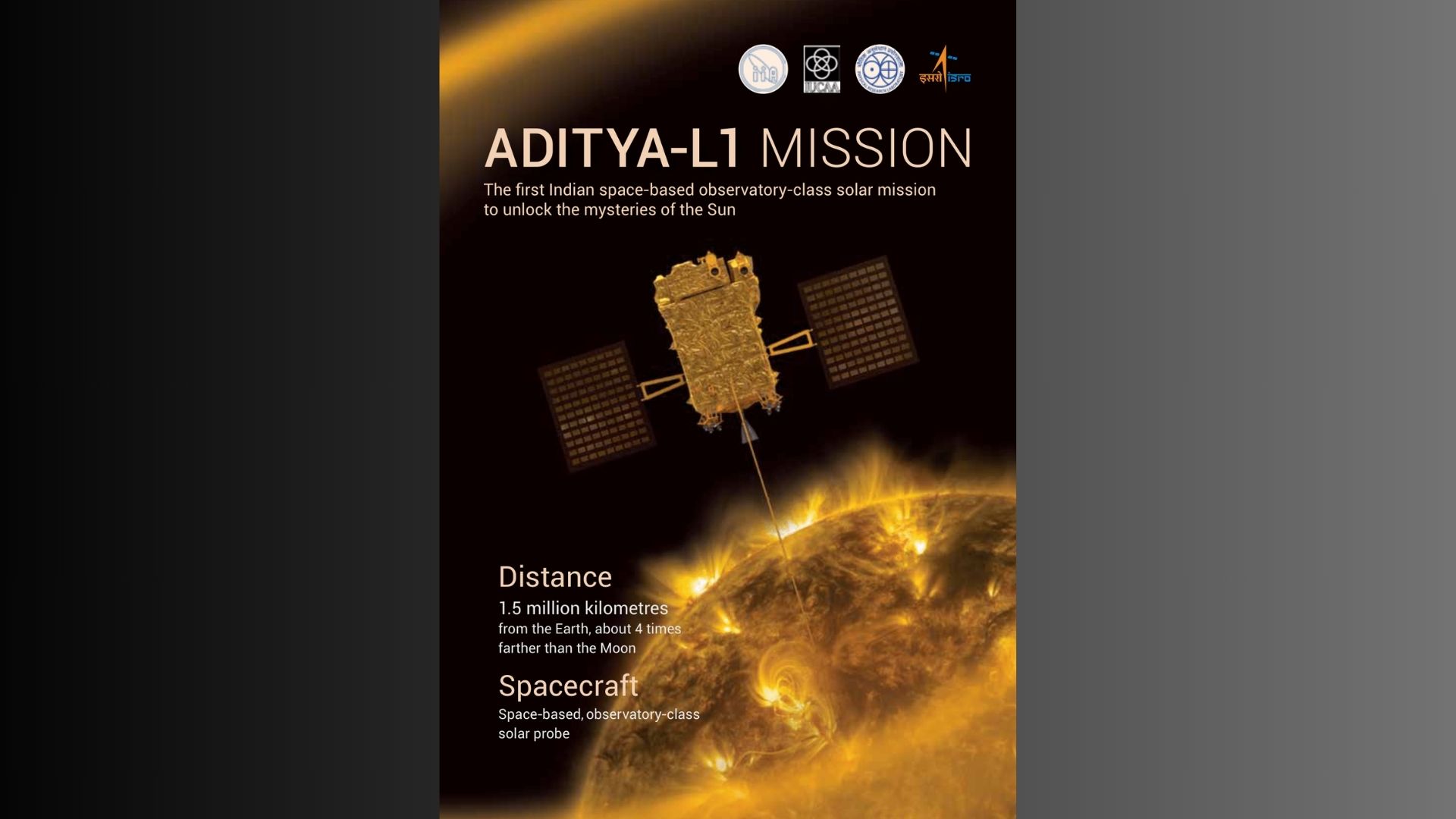ISRO's Aditya-L1 spacecraft set to embark on historic solar journey
India's ISRO is gearing up for the launch of the Aditya-L1 solar mission, following its recent lunar success. This groundbreaking mission will explore the Sun in unprecedented detail.







 View all Images
View all ImagesISRO is preparing to launch the Aditya-L1 solar mission, which will embark on a 125-day voyage to the Sun. This mission, featuring seven payloads including the VELC instrument, aims to study the solar corona, solar wind, and space weather. Aditya-L1 represents a significant milestone in Indian space exploration.
1. India's ISRO is poised for the remarkable launch of the Aditya-L1 solar mission, following its successful moon mission, Chandrayaan-3.
2. The launch countdown for Aditya-L1 aboard PSLV C57 began with the mission set to embark on a 125-day journey to the Sun.
3. ISRO Chairman S Somanath states that the mission aims to reach the exact radius at Lagrangian Point 1 (L1).
4. Aditya-L1 is designed to observe the solar corona remotely and conduct in-situ analysis of the solar wind at L1, located approximately 1.5 million kilometers from Earth.
5. ISRO highlights the advantage of the L1 point in the Halo orbit, which provides uninterrupted solar observation without the occurrence of eclipses.
6. The Sun's proximity allows for detailed study, offering insights into not only our Sun but also stars in the Milky Way and other galaxies.
7. The Sun exhibits eruptive phenomena and releases significant energy in the solar system, which, if directed toward Earth, can impact the near-Earth space environment.
8. Timely detection of such solar events is crucial for safeguarding spacecraft and communication systems from potential disturbances.
9. ISRO has deployed the 'XL' variant of the PSLV rocket, known for its robust performance, to carry Aditya-L1 with its seven payloads, including the VELC instrument.
10. Of the seven payloads, four will directly observe the Sun, while three will conduct in-situ studies of particles and fields at L1.
11. The spacecraft will initially be placed in a low Earth orbit and gradually transition to a large halo orbit around L1 over approximately four months.
12. Aditya-L1's key goals include understanding coronal heating, Coronal Mass Ejections (CME), solar activities, and space weather, with the VELC payload capturing and transmitting vital solar images to ground stations.
Catch all the Latest Tech News, Mobile News, Laptop News, Gaming news, Wearables News , How To News, also keep up with us on Whatsapp channel,Twitter, Facebook, Google News, and Instagram. For our latest videos, subscribe to our YouTube channel.


























